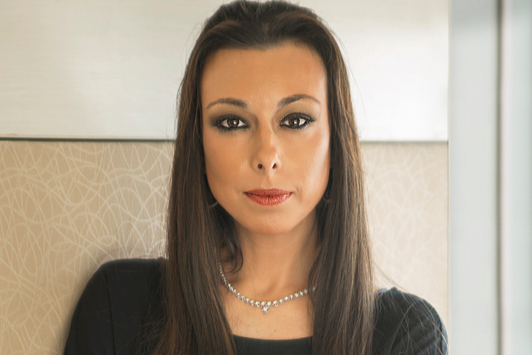
Last year was a great one for the diamond and jewelry industry. It was a particularly good year for laboratory-grown diamonds. Gemological Science International (GSI), as one of the main providers of grading services and reports for lab-grown diamond jewelry, has had the opportunity to see the existing trends in that field and to forecast further trends for 2022. Here are some of our observations.
Full disclosure
In March 2020, GSI became the first gemological organization to include post-growth treatments on its grading reports. GSI believes full transparency is essential, and this means having the same disclosure and testing standards for all diamonds, whether they’re natural or lab-grown.
By 2021, most of the other gemological labs had followed suit in their reports, and the trend of full disclosure will likely continue in 2022. As the laboratory-grown diamond sector matures, it will not only expect, but demand to have the same standards as natural when it comes to transparency.
The shift to CVD
GSI has noticed significant changes in the growth origins of melee and smaller sizes. Previously, almost all melee was produced via the High Pressure-High Temperature (HPHT) method, but in 2021, we saw a tremendous shift to chemical vapor deposition (CVD)-grown melee in lab-created diamond jewelry. We attribute this shift to factors ranging from technological to geopolitical.
The technology for CVD has evolved exponentially, improving growth efficiency and reducing costs. In addition, a large number of CVD growers are concentrated in India — specifically in Gujarat, where the vast majority of the world’s diamonds, both natural and lab-created, are cut and polished. From an economic and logistical point of view, it makes sense to cut and mount CVD melee into jewelry locally, rather than import HPHT diamonds from China, where most HPHT producers are located. This is another trend we expect to continue this year as Indian growers increase their market share and work to streamline their supply chains.
A two-way street
For a number of years, the focus of gemological testing was on the separation of natural diamonds from undisclosed lab-grown ones, with the aim of ensuring that natural diamond jewelry contained only that: natural diamonds. In 2021, GSI saw a considerable shift in the opposite direction, with natural stones becoming increasingly mixed into lab-grown jewelry.
This could be the result of a few factors. The first is that an increasing number of diamond manufacturers are involved in both natural and lab-grown production and cutting. While they make every effort to separate the two diamond categories, it is difficult to do in practice, given the volume of goods and the expertise and equipment necessary to distinguish them. Another factor is the inaccurate perception that having the more expensive natural specimens intermixed with the cheaper lab-grown ones is not an issue.
This two-way contamination of the supply chain will continue into 2022 and will most probably increase. We believe it will take greater effort from gemological laboratories and detection-equipment manufacturers, as well as from the jewelry industry, to resolve the problem.
Because GSI grades, examines and tests millions of diamonds every year, it has the chance to see a wide range of laboratory-grown goods. Keeping the industry informed of what we see, when we see it, is part of GSI’s dedication to leadership, as well as our contribution to the global diamond and jewelry trade.
Debbie Azar is the president and cofounder of GSI.
gemscience.net
Image: Gemological Science International (GSI)
Article from the Rapaport Magazine - February 2022. To subscribe click here.